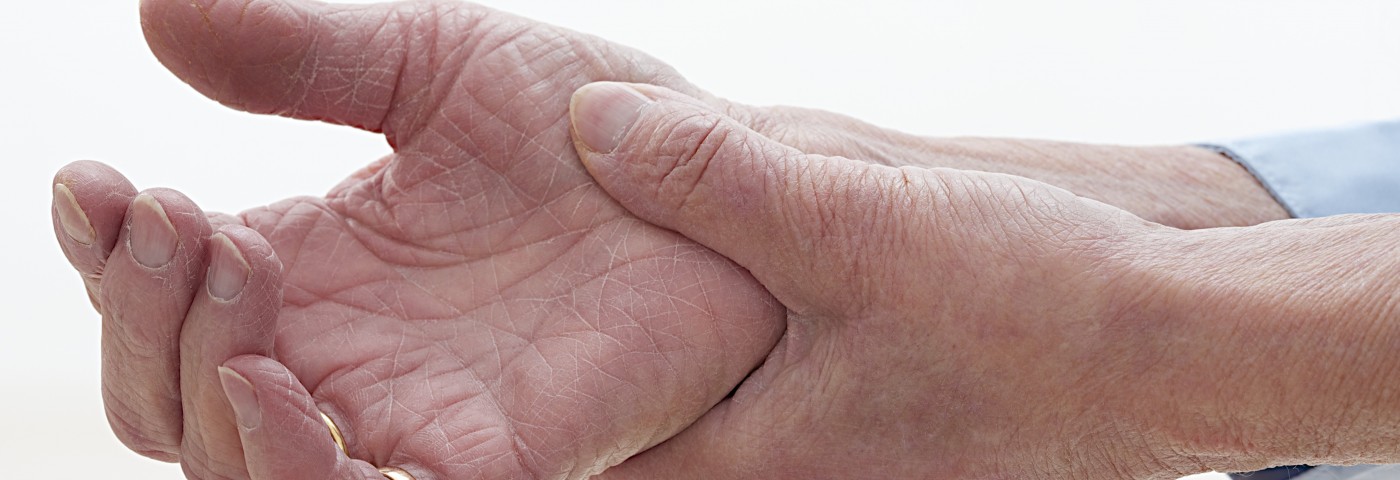Results from a Phase 3 registered clinical trial have demonstrated that Taltz (ixekizumab) improves disease activity and physical function in patients with psoriasis arthritis.
The study, “Ixekizumab, an interleukin-17A specific monoclonal antibody, for the treatment of biologic-naive patients with active psoriatic arthritis: results from the 24-week randomised, double-blind, placebo-controlled and active (adalimumab)-controlled period of the phase III trial SPIRIT-P1,” was published in the journal Annals of the Rheumatic Diseases.
Eli Lilly’s Taltz was approved both in the U.S. and Europe for patients with plaque psoriasis earlier this year, and is a drug that specifically blocks the immune factor IL-17, believed to play a key role in psoriasis mechanisms.
The trial, titled “A Study of Ixekizumab in Participants With Active Psoriatic Arthritis (SPIRIT-P1)” (NCT01695239), recruited patients who had not previously taken any biological drugs. A total of 417 patients were randomized into one of four groups, with 106 patients receiving placebo, 101 patients receiving Humira (adalimumab) as an active reference drug, 103 receiving 80 mg Taltz once every two weeks, and 107 patients being treated with 80 mg Taltz once every four weeks. Both groups treated with Taltz first received a 160 mg starting dose.
After 24 weeks, more than half of the patients in both Taltz groups showed improvement compared to those receiving placebo — 62.1 percent in the group receiving biweekly treatment and 57.9 percent in the group receiving treatment once a month. Patients treated with Taltz also had less structural damage after 24 weeks, based on radiographic assessment of bone erosions and joint narrowing in the hands and feet.
The study also assessed a large number of other factors, such as the percentage of psoriasis-affected body surface area, inflammation in tendons, finger swelling and itch.
Patients receiving Humira also improved during the trial, but the study did not investigate differences between the drugs since the study was too small to detect any such differences.
More patients in the Taltz and Humira groups reported side effects more often than those in the placebo group. In total, 2.4 percent (10 patients) quit the trial because of adverse effects. Of them, four stopped treatment because of injection site reactions. One patient stopped the treatment because of worsening depression, which was also reported by three other patients in the Taltz group.
The lowering levels of immune cells called neutrophils was relatively common, but no cases of the most severe form of this side effect occurred. There were also no cases of severe heart or lung disease, or inflammatory bowel disease.
Infections were equally common in all groups, including placebo, but four patients treated with Taltz or Humira had more severe infections. Sensitivity in the form of rash also occurred in a few patients, and some developed antibodies against Taltz, but none of them were of the type that could prevent the treatment from working.



I was one of the 103 people in the study group that received 80 mg of TALZ shots every two weeks. I was in the study group longer than anyone else because it worked so well for me. It has completely changed my life. My only problem now is trying to get my appeal approved by the insurance company to cover It.
Did it help with just your skin or with skin and arthritis?
It helps me with both. Right now, I am getting the shot once a month (instead of twice/month while I was on the study) from my dermatologist as a free sample they get from their pharmacy rep. I am in the process of appealing my insurance company to cover it. My skin is remaining completely 100% clear and it is more effective in reducing my arthritis symptoms than anything else I have tried.
Have you ever been on any other biologics?
I have tried Humira.
Did you have any side effects?
I am on Humira again. I had my first shot two weeks ago (will take my second tomorrow). My insurance company would not approve me for TALTZ, even though I was on it for over three years. So far, I have no side effects. But, it is early.
I am on Taltz, initially it cleared my skin and joint symptoms was nearly resolved, however when I tried to go for once a month, joint symptoms came back. My skin is still cleared, but joint symptoms are bothersome, I have used Enbrel in past. I was wondering if there is some resistance to TALTZ especially in relation joint disease?
I have used Embrel, Humira, Otezla, Symzia, and now Cosentyx. Don’t have skin issues. Only arthritis..Cosentyx has done nothing in 6 months, still have to take prednisone 5mg every day. Help!!!